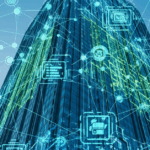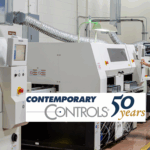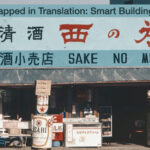
Supporting the BAS industry since 1999
ARTICLES • NEWS • INTERVIEWS • INSIGHTS • CONNECTION
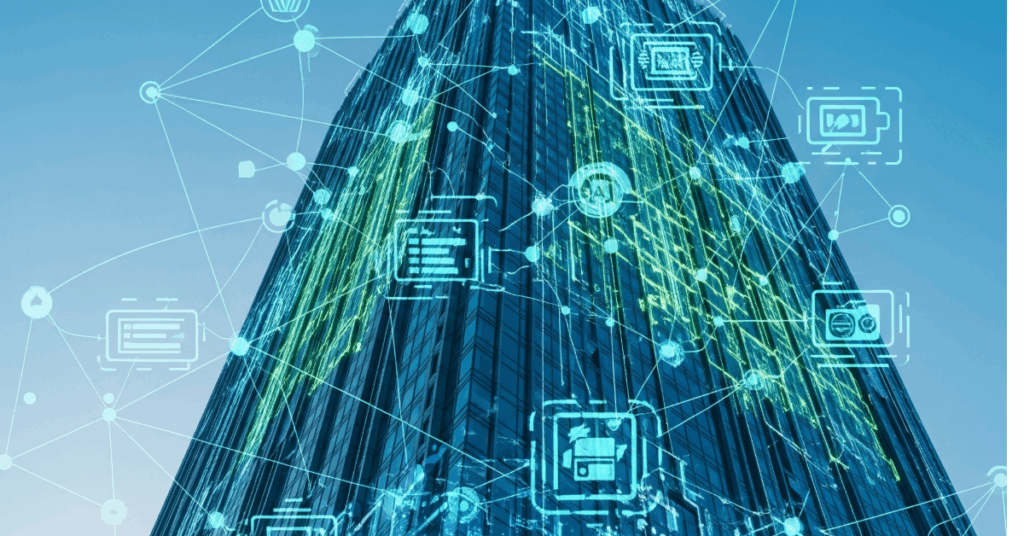
A Transformative Year for Smarter Buildings: From Niche Focus to Linux Foundation Powerhouse
The past year has been nothing short of transformative for the journey toward smarter buildings. What began as a more narrowly focused effort, the Coalition
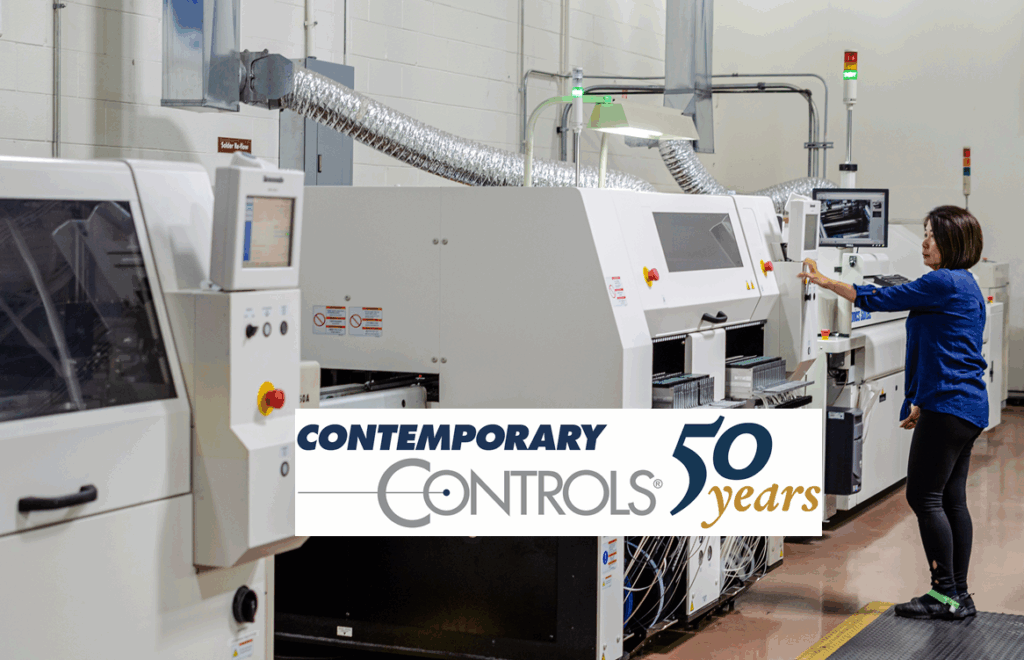
Interview with George Thomas – Reflections on Contemporary Controls’ 50 Years “in Control”
To commemorate Contemporary Controls’ 50-year anniversary, President and founder George Thomas was interviewed by a long-time friend and industry veteran, Ken Sinclair. Overview of Contemporary
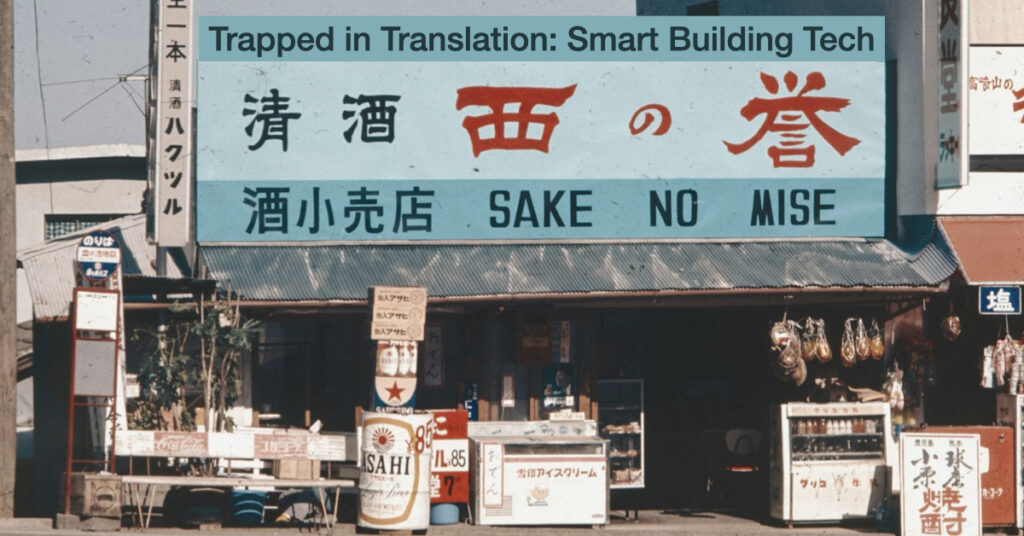
Trapped in Translation: Why Smart Building Tech Can’t Communicate
Your Building Is Fluent in Dozens of Languages. None of Them Understands Each Other. Smart buildings are everywhere, at least in glossy presentations.The dashboards are
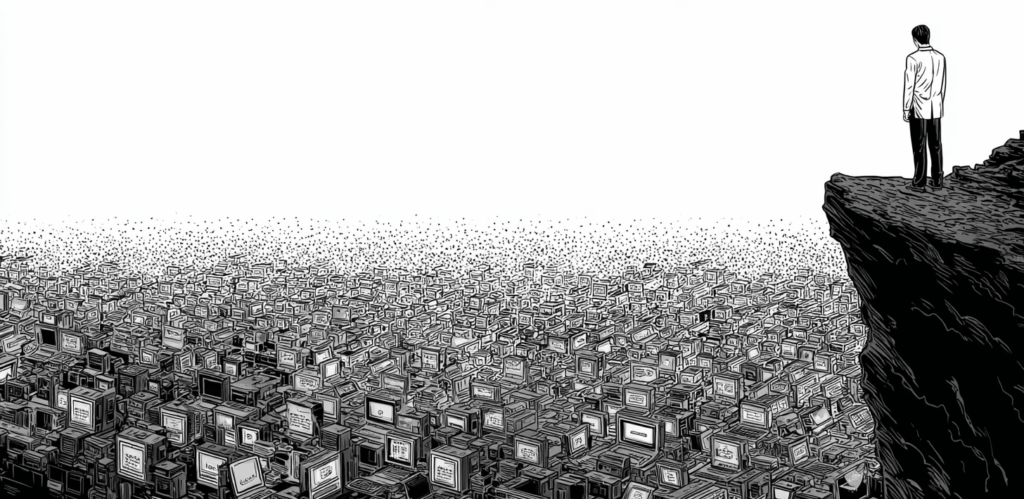
You’re Closer to the Edge Than You Think
When we think of a “data center,” most of us picture a massive, windowless fortress in a remote location, humming with servers and protected by

OEM Disruption: When Smart Equipment Challenges Traditional Building Automation
Continuing the AI ConversationLast week’s deep dive into Kenny Seaton’s AI-driven transformation at CSU Dominguez Hills revealed how AI machine learning is revolutionizing building operations

Building Smarter from the Ground Up: Why I’m Joining as an Editor at AutomatedBuildings.com
After more than three decades in the building automation industry, I’ve learned that real progress happens at the intersection of innovation, openness, and practical application.

From Inaction to Innovation: Real Estate Rewired to the Smart AI Building Narrative
On the banks of the Savannah River with UAPs heading to Realcomm (not AI-generated, I saw them with my own eyes!) ONE Cargo Ship from

Foundation of Process Transparency: GitHub Repositories, Community Involvement, and the Linux Way
Introduction The Coalition for Smart Buildings (C4SB) has operated for four years, with many of its founders present today. Today, we are pleased to announce that C4SB officially
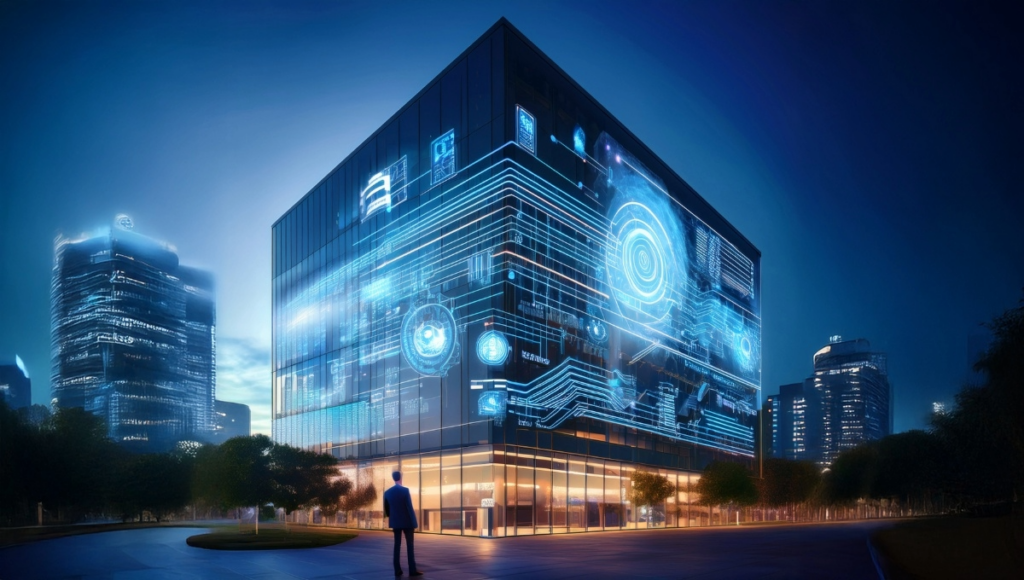
TLDR summary Can Autonomous Buildings Become a Reality with AI?
Summary of AHREXPO 2025 | Can Autonomous Buildings Become a Reality with AI? education session OT/IT Feeds AI, and then OT executes the AI commands.

Build the Future of Building Automation with Us
AutomatedBuildings.com is more than just a website – it’s a collaborative industry resource built by and for building automation professionals. Is your head exploding with
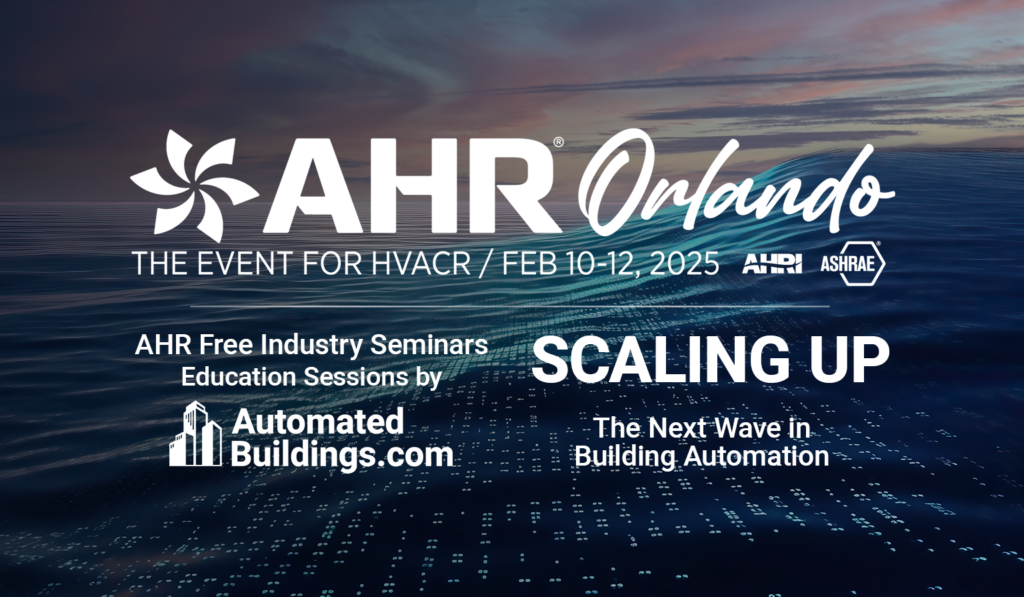
AHR Expo 2025 Free Industry Seminars – AutomatedBuildings.com Education Sessions
Monday, Feb. 10 – Wednesday, Feb. 12, 2025 | Orange County Convention Center, Orlando, FL | West Building
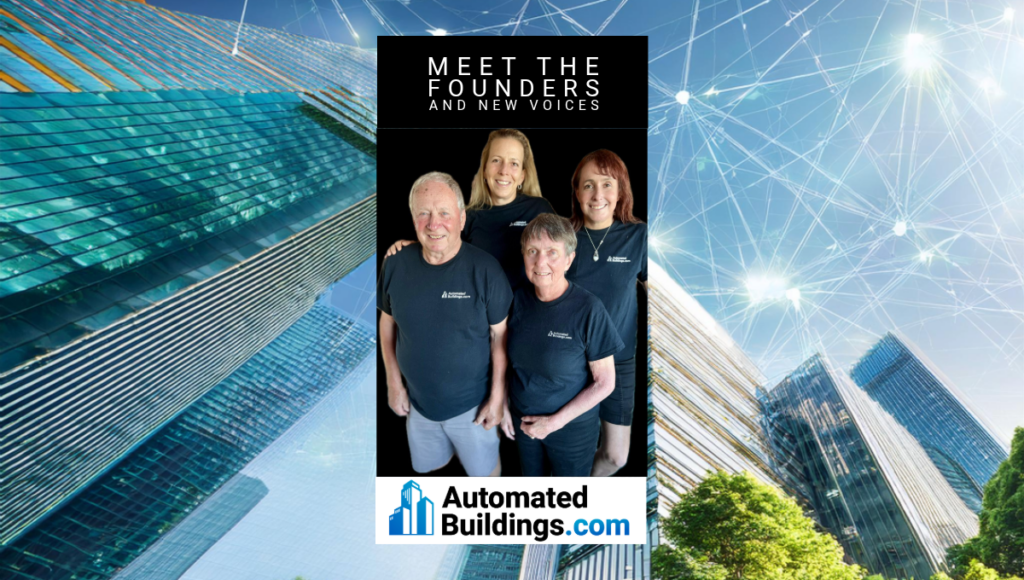
New Era, New Voices: AutomatedBuildings.com is Evolving
In 1999 AutomatedBuildings.com was born from a vision: to create a digital space where the brightest minds in building automation could converge, share ideas, and spark innovation. Today, that vision is as relevant as ever, but the world has changed dramatically.

IBB A Vision for Cloud-Native Building Systems
This Position Paper defines the IBB System, an advanced, cloud-native architecture crafted to address the distinct interoperability and security challenges of contemporary commercial buildings. This

A Transformative Year for Smarter Buildings: From Niche Focus to Linux Foundation Powerhouse
The past year has been nothing short of transformative for the journey toward smarter buildings. What began as a more narrowly focused effort, the Coalition

Interview with George Thomas – Reflections on Contemporary Controls’ 50 Years “in Control”
To commemorate Contemporary Controls’ 50-year anniversary, President and founder George Thomas was interviewed by a long-time friend and industry veteran, Ken Sinclair. Overview of Contemporary

Trapped in Translation: Why Smart Building Tech Can’t Communicate
Your Building Is Fluent in Dozens of Languages. None of Them Understands Each Other. Smart buildings are everywhere, at least in glossy presentations.The dashboards are

You’re Closer to the Edge Than You Think
When we think of a “data center,” most of us picture a massive, windowless fortress in a remote location, humming with servers and protected by

OEM Disruption: When Smart Equipment Challenges Traditional Building Automation
Continuing the AI ConversationLast week’s deep dive into Kenny Seaton’s AI-driven transformation at CSU Dominguez Hills revealed how AI machine learning is revolutionizing building operations

Building Smarter from the Ground Up: Why I’m Joining as an Editor at AutomatedBuildings.com
After more than three decades in the building automation industry, I’ve learned that real progress happens at the intersection of innovation, openness, and practical application.

From Inaction to Innovation: Real Estate Rewired to the Smart AI Building Narrative
On the banks of the Savannah River with UAPs heading to Realcomm (not AI-generated, I saw them with my own eyes!) ONE Cargo Ship from

Foundation of Process Transparency: GitHub Repositories, Community Involvement, and the Linux Way
Introduction The Coalition for Smart Buildings (C4SB) has operated for four years, with many of its founders present today. Today, we are pleased to announce that C4SB officially

TLDR summary Can Autonomous Buildings Become a Reality with AI?
Summary of AHREXPO 2025 | Can Autonomous Buildings Become a Reality with AI? education session OT/IT Feeds AI, and then OT executes the AI commands.

Build the Future of Building Automation with Us
AutomatedBuildings.com is more than just a website – it’s a collaborative industry resource built by and for building automation professionals. Is your head exploding with

AHR Expo 2025 Free Industry Seminars – AutomatedBuildings.com Education Sessions
Monday, Feb. 10 – Wednesday, Feb. 12, 2025 | Orange County Convention Center, Orlando, FL | West Building

New Era, New Voices: AutomatedBuildings.com is Evolving
In 1999 AutomatedBuildings.com was born from a vision: to create a digital space where the brightest minds in building automation could converge, share ideas, and spark innovation. Today, that vision is as relevant as ever, but the world has changed dramatically.

IBB A Vision for Cloud-Native Building Systems
This Position Paper defines the IBB System, an advanced, cloud-native architecture crafted to address the distinct interoperability and security challenges of contemporary commercial buildings. This

IBB A Vision for Cloud-Native Building Systems
This Position Paper defines the IBB System, an advanced, cloud-native architecture crafted to address the distinct interoperability and security challenges of contemporary commercial buildings. This

A Transformative Year for Smarter Buildings: From Niche Focus to Linux Foundation Powerhouse
The past year has been nothing short of transformative for the journey toward smarter buildings. What began as a more narrowly focused effort, the Coalition

Interview with George Thomas – Reflections on Contemporary Controls’ 50 Years “in Control”
To commemorate Contemporary Controls’ 50-year anniversary, President and founder George Thomas was interviewed by a long-time friend and industry veteran, Ken Sinclair. Overview of Contemporary

Trapped in Translation: Why Smart Building Tech Can’t Communicate
Your Building Is Fluent in Dozens of Languages. None of Them Understands Each Other. Smart buildings are everywhere, at least in glossy presentations.The dashboards are

How Content Gets Created at AutomatedBuildings.com
For over two decades, AutomatedBuildings.com has served as the premier library for the smart buildings industry, thanks to its community-powered content model. Unlike traditional media outlets,
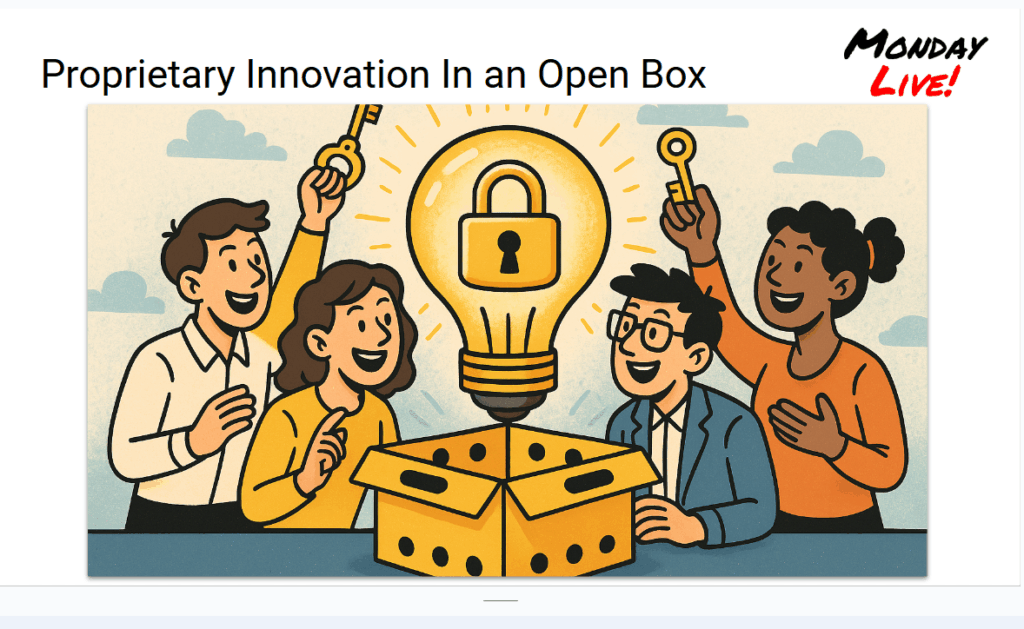
The Impact of Proprietary Innovation
AutomatedBuildings.com, Mondaylive.org, June 23 slide with Links https://lnkd.in/ggwcQMYjTheme Innovation Proprietary? Please thank all our sponsors for allowing us to provide you with this platform https://lnkd.in/gCamVGBd

You’re Closer to the Edge Than You Think
When we think of a “data center,” most of us picture a massive, windowless fortress in a remote location, humming with servers and protected by

OEM Disruption: When Smart Equipment Challenges Traditional Building Automation
Continuing the AI ConversationLast week’s deep dive into Kenny Seaton’s AI-driven transformation at CSU Dominguez Hills revealed how AI machine learning is revolutionizing building operations
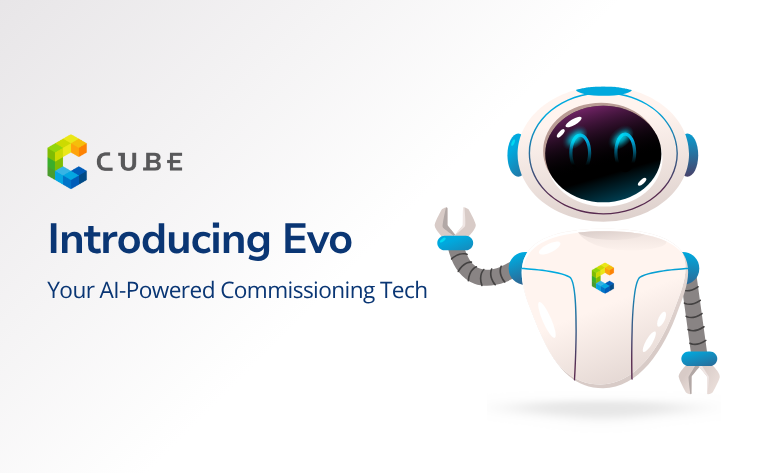
CUBE Bot AI Agent: Redefining Start-Up, Commissioning & Maintenance for the BMS Industry
In an era of rising energy costs, labor shortages, and ever-increasing performance expectations, the building automation industry is standing at a crossroads. Technological advancements are
June 16, 2025 Disruption and Opportunities for Industry OEM
AutomatedBuildings.com , Mondaylive.org, June 16 slide with Links https://lnkd.in/ggwcQMYj Disruption and Opportunities for Industry OEM Please thank all our sponsors for allowing us to provide
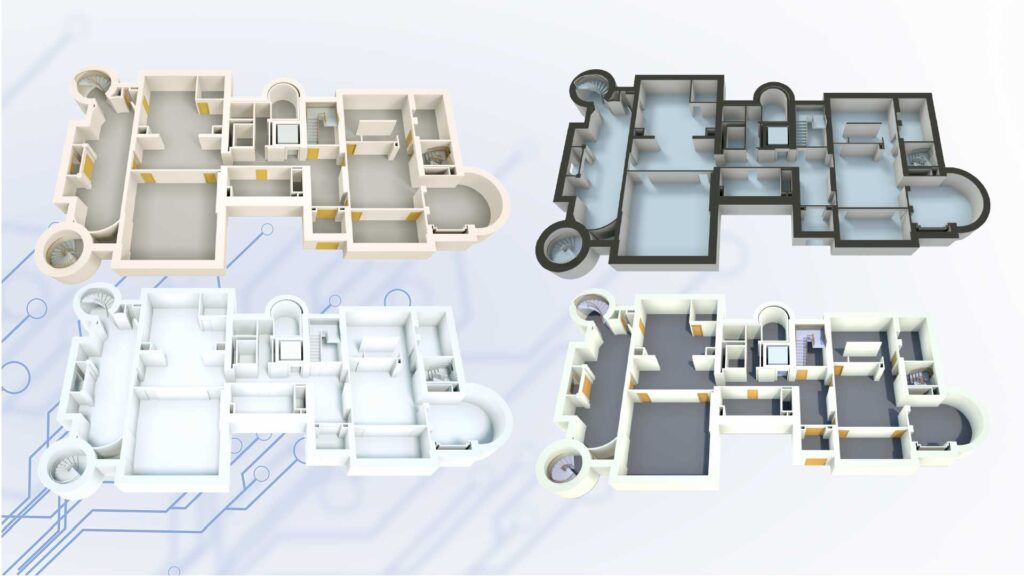
Easing the Burden on BAS Technicians Through Specialized Graphics Outsourcing
A consistent message has emerged from building automation system (BAS) integrators nationwide throughout 2024 and 2025: there is a significant strain on skilled field technicians.
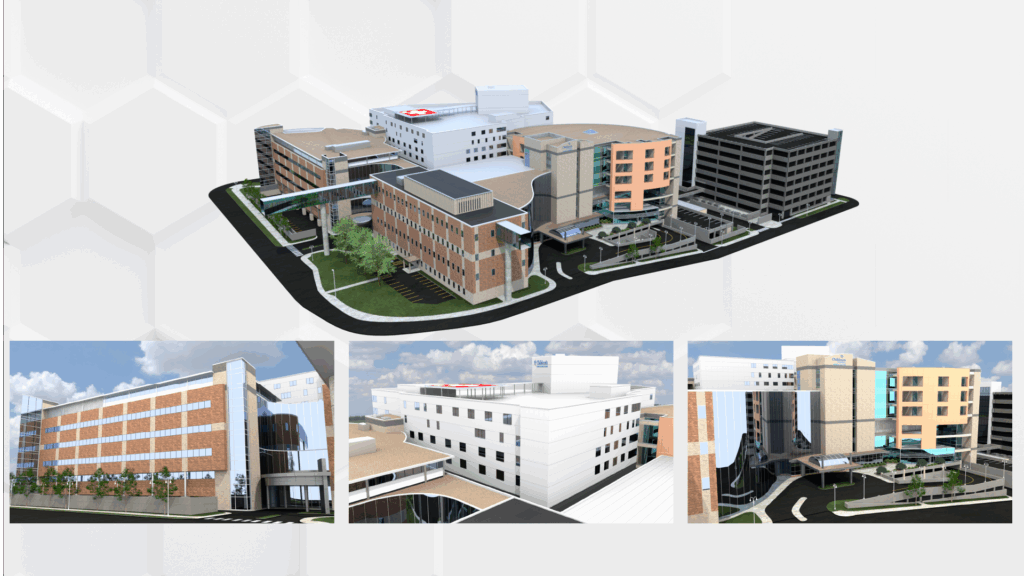
Achieving Scalability in Building Automation through Standardized Graphics
As the Building Automation Industry Expands, Consistency Becomes Crucial The BAS landscape is undergoing a rapid transformation. With smart buildings advancing and portfolios growing more

Maximize Your AEC Firm’s Value in an M&A
If you are a Controls, Mechanical, BAS, A/V, or MEP engineering firm that’s been doing well at all – chances are you have been curious
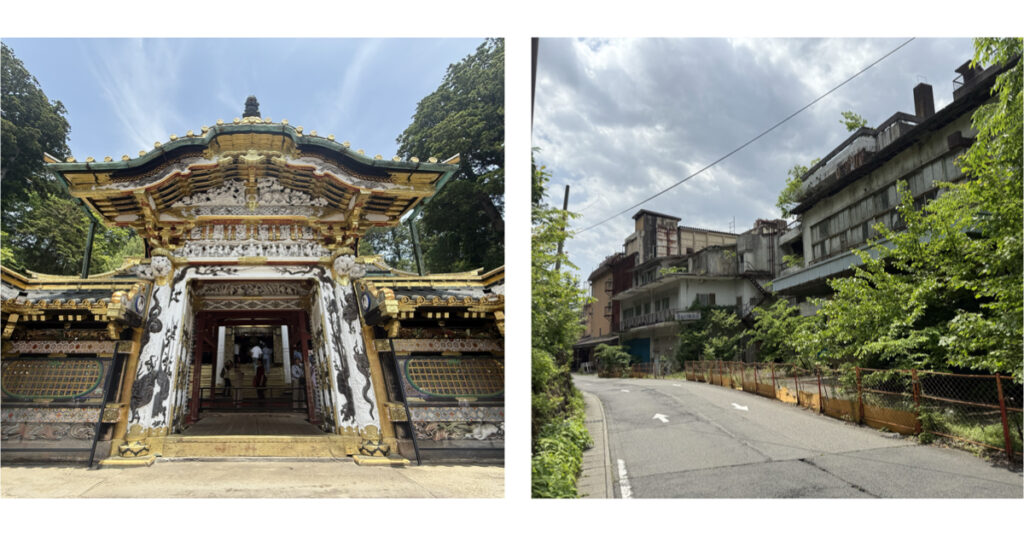
Digital Transformation in Japan: From Abandoned Buildings to DX
Ghost hotels, digital twins, humanoid robots, Japan’s construction industry faces its paradoxes head-on, with AI, robots, and Digital Transformation (DX). 🇯🇵 日本語で読みたい方はこちらをクリック:日本語版はこちら 1-First Dispatch from
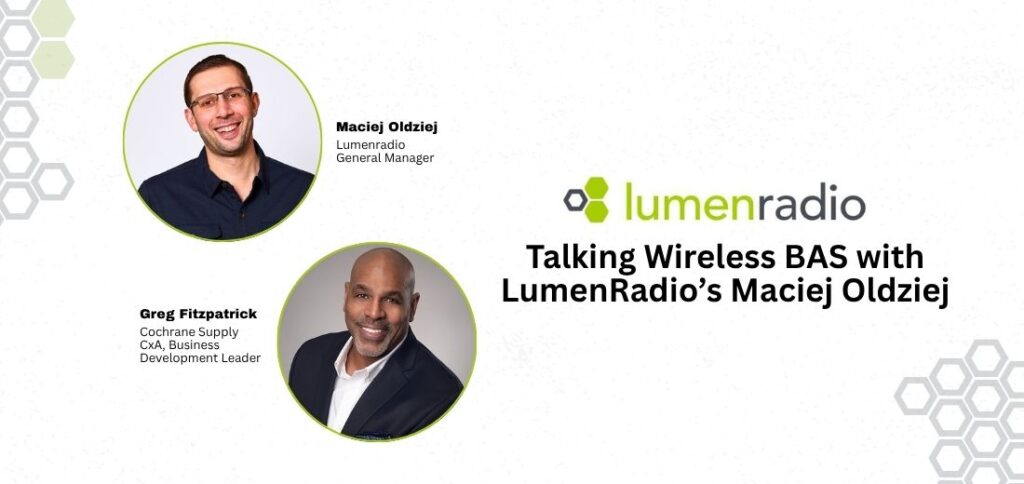
Wireless Without Worries: A Conversation with LumenRadio on the Future of BAS Connectivity
As the demand for smarter, more flexible building systems grows, wireless technology is playing an increasingly critical role in the future of Building Automation Systems
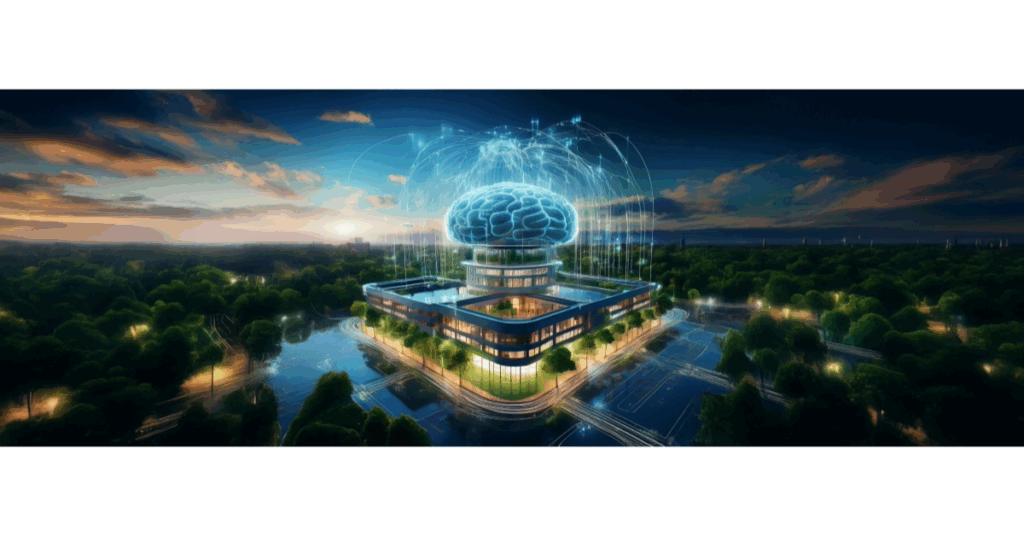
The AI Revolution in Smart Buildings: A Deep Dive into OEM Disruption
This week on Monday Live, exploring the future of smarter buildings. we delved into the fascinating theme of OEM disruption, specifically focusing on how smart,

IBB A Vision for Cloud-Native Building Systems
This Position Paper defines the IBB System, an advanced, cloud-native architecture crafted to address the distinct interoperability and security challenges of contemporary commercial buildings. This

A Transformative Year for Smarter Buildings: From Niche Focus to Linux Foundation Powerhouse
The past year has been nothing short of transformative for the journey toward smarter buildings. What began as a more narrowly focused effort, the Coalition

Interview with George Thomas – Reflections on Contemporary Controls’ 50 Years “in Control”
To commemorate Contemporary Controls’ 50-year anniversary, President and founder George Thomas was interviewed by a long-time friend and industry veteran, Ken Sinclair. Overview of Contemporary

Trapped in Translation: Why Smart Building Tech Can’t Communicate
Your Building Is Fluent in Dozens of Languages. None of Them Understands Each Other. Smart buildings are everywhere, at least in glossy presentations.The dashboards are

How Content Gets Created at AutomatedBuildings.com
For over two decades, AutomatedBuildings.com has served as the premier library for the smart buildings industry, thanks to its community-powered content model. Unlike traditional media outlets,

The Impact of Proprietary Innovation
AutomatedBuildings.com, Mondaylive.org, June 23 slide with Links https://lnkd.in/ggwcQMYjTheme Innovation Proprietary? Please thank all our sponsors for allowing us to provide you with this platform https://lnkd.in/gCamVGBd

You’re Closer to the Edge Than You Think
When we think of a “data center,” most of us picture a massive, windowless fortress in a remote location, humming with servers and protected by

OEM Disruption: When Smart Equipment Challenges Traditional Building Automation
Continuing the AI ConversationLast week’s deep dive into Kenny Seaton’s AI-driven transformation at CSU Dominguez Hills revealed how AI machine learning is revolutionizing building operations

CUBE Bot AI Agent: Redefining Start-Up, Commissioning & Maintenance for the BMS Industry
In an era of rising energy costs, labor shortages, and ever-increasing performance expectations, the building automation industry is standing at a crossroads. Technological advancements are
June 16, 2025 Disruption and Opportunities for Industry OEM
AutomatedBuildings.com , Mondaylive.org, June 16 slide with Links https://lnkd.in/ggwcQMYj Disruption and Opportunities for Industry OEM Please thank all our sponsors for allowing us to provide

Easing the Burden on BAS Technicians Through Specialized Graphics Outsourcing
A consistent message has emerged from building automation system (BAS) integrators nationwide throughout 2024 and 2025: there is a significant strain on skilled field technicians.

Achieving Scalability in Building Automation through Standardized Graphics
As the Building Automation Industry Expands, Consistency Becomes Crucial The BAS landscape is undergoing a rapid transformation. With smart buildings advancing and portfolios growing more

Maximize Your AEC Firm’s Value in an M&A
If you are a Controls, Mechanical, BAS, A/V, or MEP engineering firm that’s been doing well at all – chances are you have been curious

Digital Transformation in Japan: From Abandoned Buildings to DX
Ghost hotels, digital twins, humanoid robots, Japan’s construction industry faces its paradoxes head-on, with AI, robots, and Digital Transformation (DX). 🇯🇵 日本語で読みたい方はこちらをクリック:日本語版はこちら 1-First Dispatch from

Wireless Without Worries: A Conversation with LumenRadio on the Future of BAS Connectivity
As the demand for smarter, more flexible building systems grows, wireless technology is playing an increasingly critical role in the future of Building Automation Systems

The AI Revolution in Smart Buildings: A Deep Dive into OEM Disruption
This week on Monday Live, exploring the future of smarter buildings. we delved into the fascinating theme of OEM disruption, specifically focusing on how smart,
























































